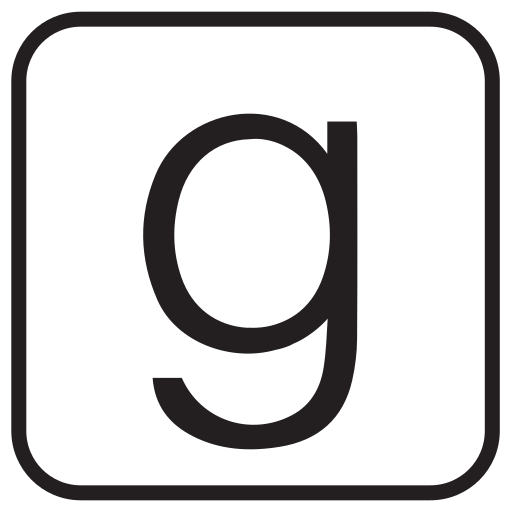It has been a frightening and demoralizing week. It seems like everywhere we turn, people are taking realities and spinning them into whatever story suits them. The murder of Ahmaud Arbery is being spun as “self defense” or a “citizen’s arrest” gone wrong. The global COVID-19 pandemic is being spun in 20 different directions, into wild conspiracy theories and carefully crafted political weapons.

I cannot imagine what it is like to be a child growing up in this bizarre time. And I don’t just mean the most recent months of COVID-strangeness. For years now, truth has become a more and more slippery thing to grasp. How do children growing up right now even relate to truth? How do they know who to trust? As a grown-up, even I am struggling with these questions, so I can only imagine how disorienting it must be for those who are actively forming their understanding of what truth means in the midst of all this.
Sitting in the discomfort and frustration of all this, I was reminded of a book that came across my desk a few months before the library closed. And, when I searched the NYPL catalog this morning, I discovered that it is indeed available as an e-book!

The Sad Little Fact by Jonah Winter, illustrated by Pete Oswald comes from the author-illustrator team that created “The Good Egg,” “The Bad Seed” and “The Cool Bean.” In this story, they tackle some big concepts.
A little fact finds himself surrounded by “authorities” who do not like facts and have decided to manufacture their own, while locking away the sad little fact and his friends deep underground.

Luckily, there are some brave and determined fact-finders who do the work of searching, digging and refusing to settle for anything less than the truth, and eventually the facts are set free. But even in the end, there are some who still prefer to believe the imposter “facts.” But, throughout the story and again at the end, the little fact repeats simply and clearly that “A fact is a fact, and that is that.” Not all are willing to acknowledge the truth, but that does not make it any less true.
What I love about this book is that it can be explored at a variety of levels, digging into the concepts at whatever depth your child is ready for. Don’t underestimate kids’ abilities to really dive into the topic of truth. I had the opportunity to read this book with a 3rd grade class before the library closed, and I was truly amazed at the kids’ intuitive understanding of what this book is getting at. It opened up a great discussion of the reasons someone may not like certain facts, how to tell the difference between real facts and imposters, and the ways we could be fact-finders in real life.
While this book certainly does not solve the problems we face today, and, like anything, even this story’s message could be spun to benefit a variety of world-views, it is at least provides a doorway into discussing truth and lies with children. We need to start  helping them develop critical thinking skills as early as possible. They will need them in ways we never would have imagined, and we’ll just have to figure it out alongside each other, young and old, helping each other do the work of digging for truth.
helping them develop critical thinking skills as early as possible. They will need them in ways we never would have imagined, and we’ll just have to figure it out alongside each other, young and old, helping each other do the work of digging for truth.
Building those fact-finding muscles can even be fun. Quite a few games have been developed in recent years for exactly this purpose. Poynter.com compiled an excellent list in an article last summer (“Want to be a better fact-checker? Play a game.”)
I’ve also enjoyed exploring Common Sense’s “Digital Compass” game, which explores issues of digital citizenship, as well as the games available on iCivics.com, which help children understand valid and invalid applications of U.S. rights and laws.
Be encouraged that even when it is hard to discern, truth does not stop existing. “A fact is a fact, and that is that.”





